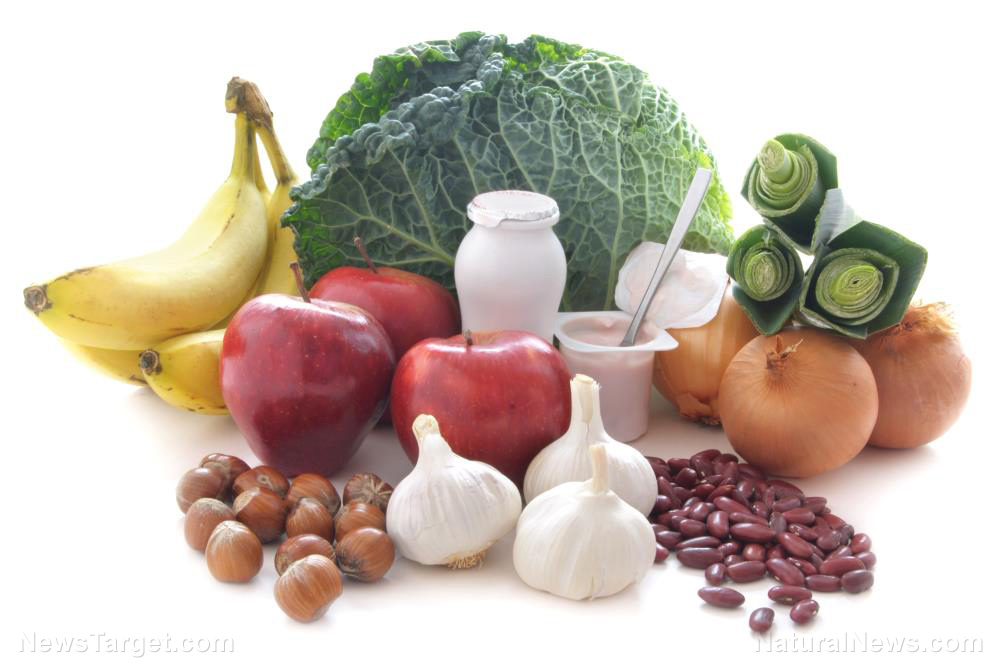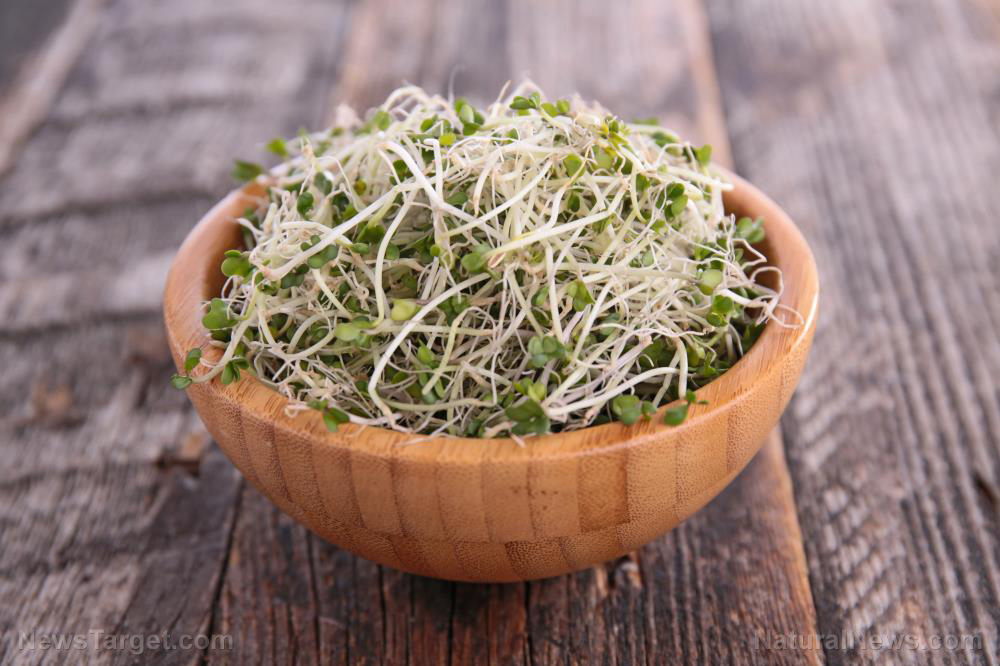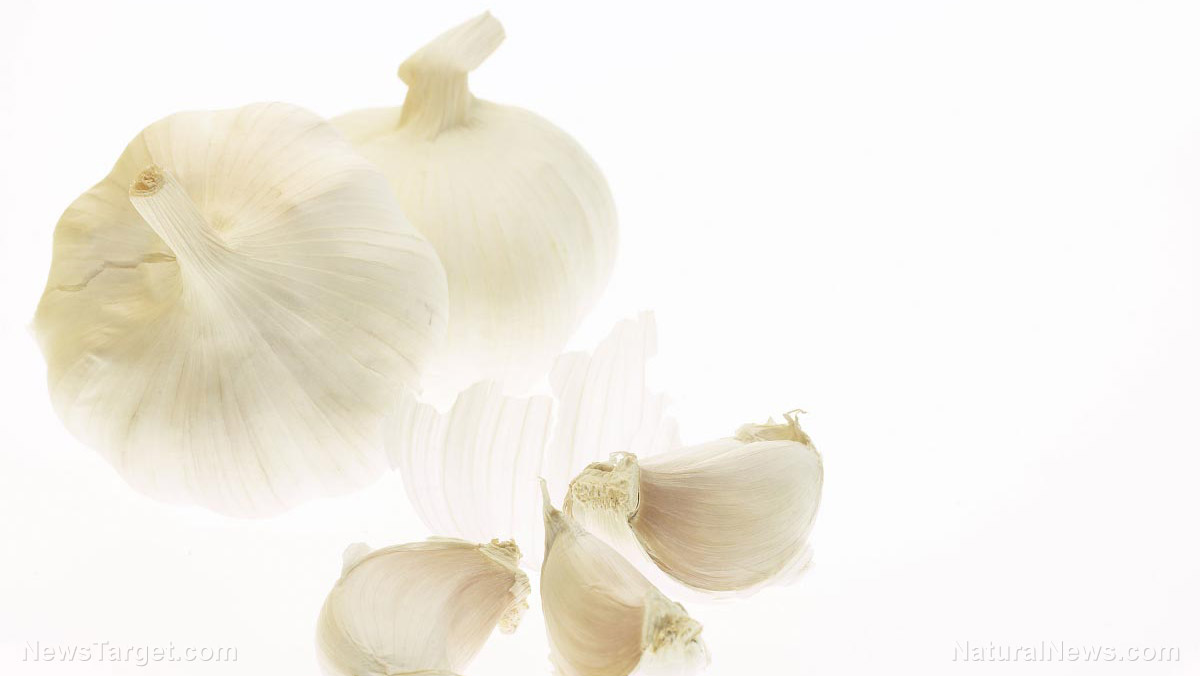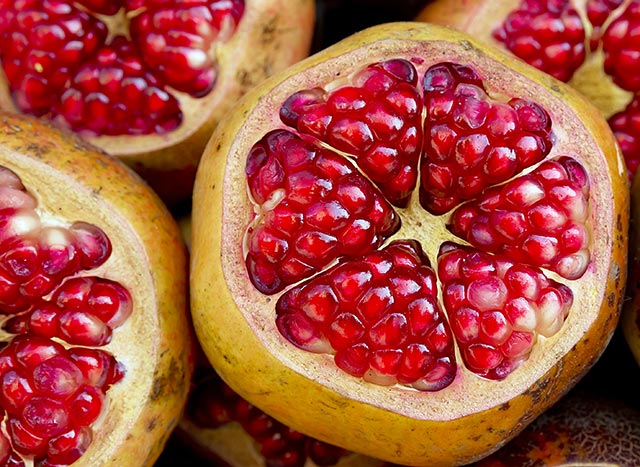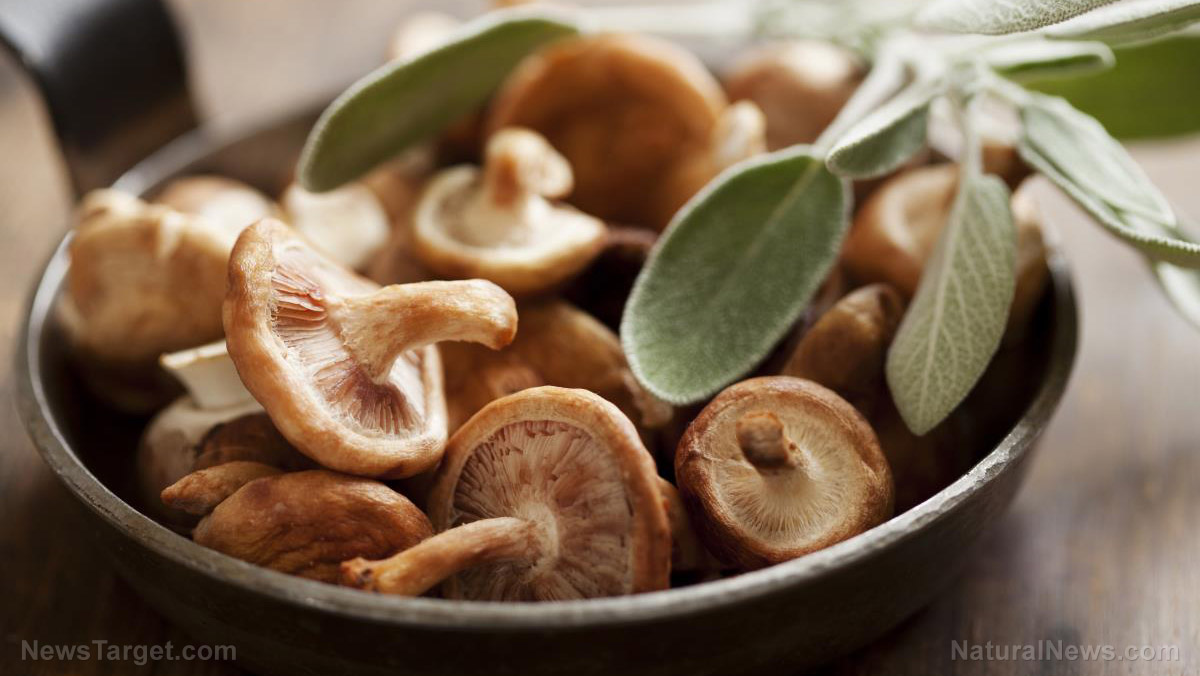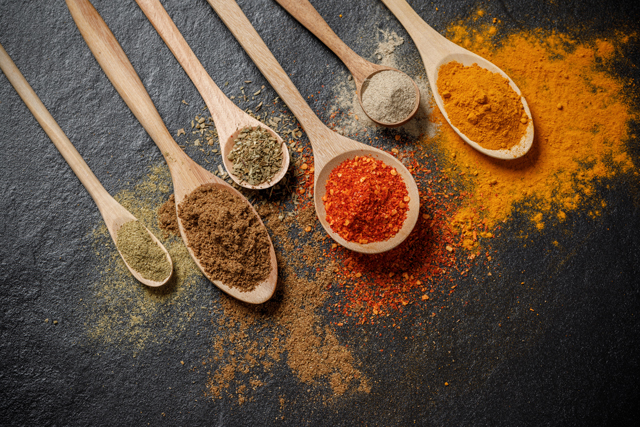Vitamin C found to prevent gestational diabetes
07/22/2019 / By Isabelle Z.

As many as one out of every ten women will suffer from gestational diabetes, a condition that affects pregnant women who do not normally have diabetes. Striking around the 24th week of pregnancy, it can make the remainder of your time expecting full of stress and concern rather than eager anticipation. Now researchers have made a discovery that could spare countless women this experience thanks to one superstar vitamin.
Although scientists aren’t exactly sure what causes gestational diabetes, it’s believed that the hormones in the placenta that help babies develop interfere with the action of the mother’s insulin, making her need more of it. When the resultant lack of insulin causes glucose to build up in her blood, it can put her on the path to gestational diabetes.
The condition is usually only temporary and lasts until the baby is born, but it can cause problems for the baby and mother alike if it’s not controlled. For example, it could cause macrosomia, or a “fat” baby. This puts them at risk of damage to their shoulders during birth and raises the likelihood of needing an emergency C-section. It can also raise their risk of breathing problems, obesity, and type 2 diabetes as adults. It also puts the mother at risk of preeclampsia, a potentially fatal problem that can cause dangerously high blood pressure.
Expectant mothers may be able to reduce their odds of developing this condition simply by upping their intake of dietary vitamin C, according to researchers in China. They found that 200 milligrams per day of the vitamin is all it takes to reduce the odds of getting the condition, even after controlling for variables like age, family history of diabetes, and body mass index.
They reached their conclusion after studying more than 3,000 Chinese women who were enrolled in a health study. They discovered that pregnant women who ate greater quantities of fruits and vegetables had higher dietary intake of vitamin C than other women, including those who took vitamin C as a supplement or part of a multivitamin blend. This could be due to the lower bioavailability of vitamin C when it comes from a supplement versus whole foods.
Their findings were published in the journal Clinical Nutrition.
Reducing your risk of gestational diabetes
If you want to incorporate more vitamin C into your diet with a view to reducing your gestational diabetes risk, you’re spoiled for choice when it comes to fruits. Many of them offer a high amount of this vitamin, including kiwis, mangos, papaya, citrus fruits, cantaloupe, strawberries and pineapple.
You can also get this vitamin from vegetables like bell peppers, chili peppers, and leafy greens like kale, Brussels sprouts and broccoli.
The recommended daily allowance of vitamin C is 75 milligrams for women, and this climbs to 85 milligrams during pregnancy and 120 milligrams while breastfeeding.
Being overweight also puts you at risk of gestational diabetes, so women should clean up their diets if they’re pregnant or hoping to get pregnant soon. A regular exercise routine is also useful in this regard; even just a few extra pounds can impact your overall risk for gestational diabetes.
There may not be any noticeable symptoms of the condition, which is why a test is normally carried out, but you may notice mild symptoms like excessive thirst, fatigue, increased weight gain, snoring, and greater urinary frequency.
When you’re pregnant, it’s a good idea to eat plenty of organic fruits and vegetables, and choosing those that are high in vitamin C could well reduce your risk of gestational diabetes and all the dangers it poses.
Sources for this article include:
Tagged Under: Gestational Diabetes, macrosomia, natural medicine, nutrients, preeclampsia, pregnancy, prevent diabetes, preventing diabetes, prevention, remedies, supplements, vitamin C, vitamins, women's health
RECENT NEWS & ARTICLES
FoodCures.News is a fact-based public education website published by Food Cures News Features, LLC.
All content copyright © 2018 by Food Cures News Features, LLC.
Contact Us with Tips or Corrections
All trademarks, registered trademarks and servicemarks mentioned on this site are the property of their respective owners.






